Acer's new Predator laptops offer glasses-free 3D and killer RTX 40-series GPUs
New Triton and Helios models sport the latest hardware and some unique extras.
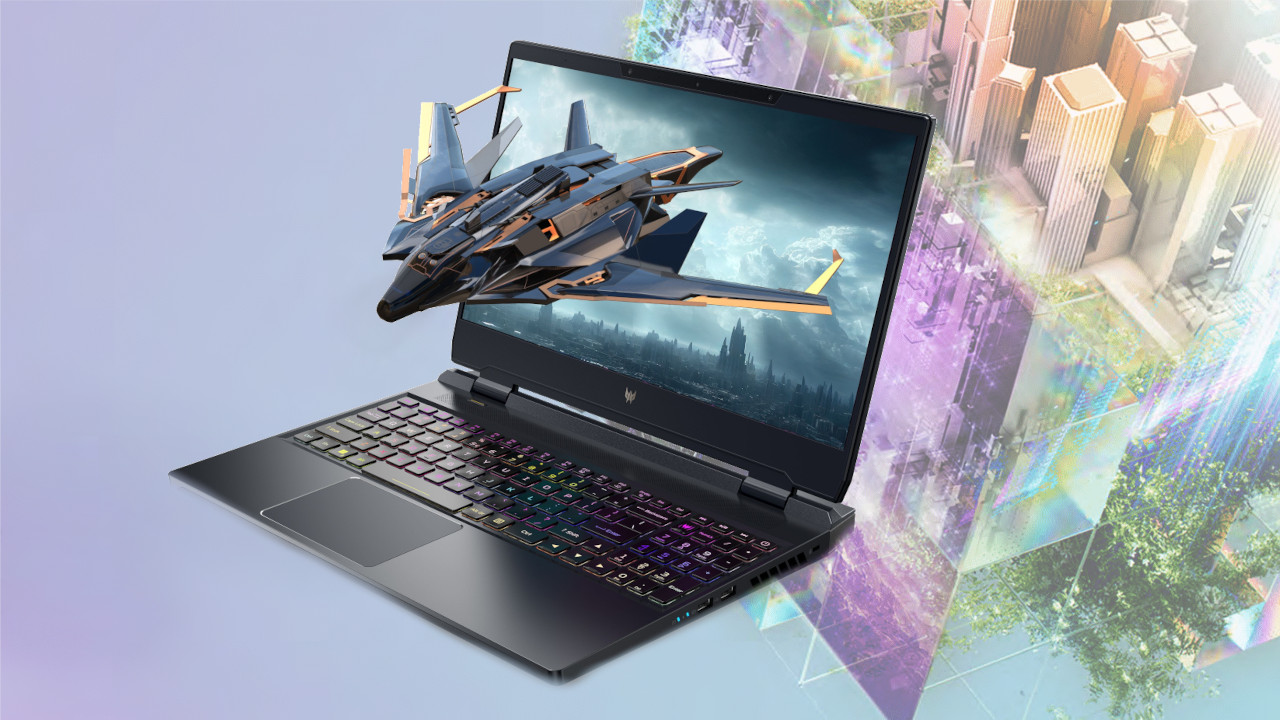
What you need to know
- Acer holds its next@acer global press conference each year, usually announcing new products and its plans for the future.
- Four Acer laptops in its Predator gaming range were unveiled today, including the Triton 17 X, Triton 14, Helios 3D 15 SpatialLabs Edition, and Helios Neo 16.
- All models are set to be released in the coming months, up to June 2023, with the flagship Triton 17 X starting at $3,799.
Acer unveiled a massive collection of new hardware during its next@acer global press conference, including some pretty spectacular gaming laptops to expand its Predator range. Headlining the Predator Triton 17 X as its most powerful so far, Acer looks to dominate the gaming laptop scene with a skinny workhouse that doesn't sacrifice performance, somewhat of an answer to the oversized chunky gaming-centric machines of the past.
It's a solid metal machine with customizable components, including up to a 13th Gen Intel Core i9-13900HX processor and NVIDIA's GeForce RTX 4090 laptop GPUs. Acer is also introducing a vapor chamber solution for thermal control with the Triton X, much like its rival brands have recently opted for. Everything seems in line with the competition, but a special SpatialLabs Edition of its new Helios 3D 15 gaming laptop stands out as a fascinating addition.
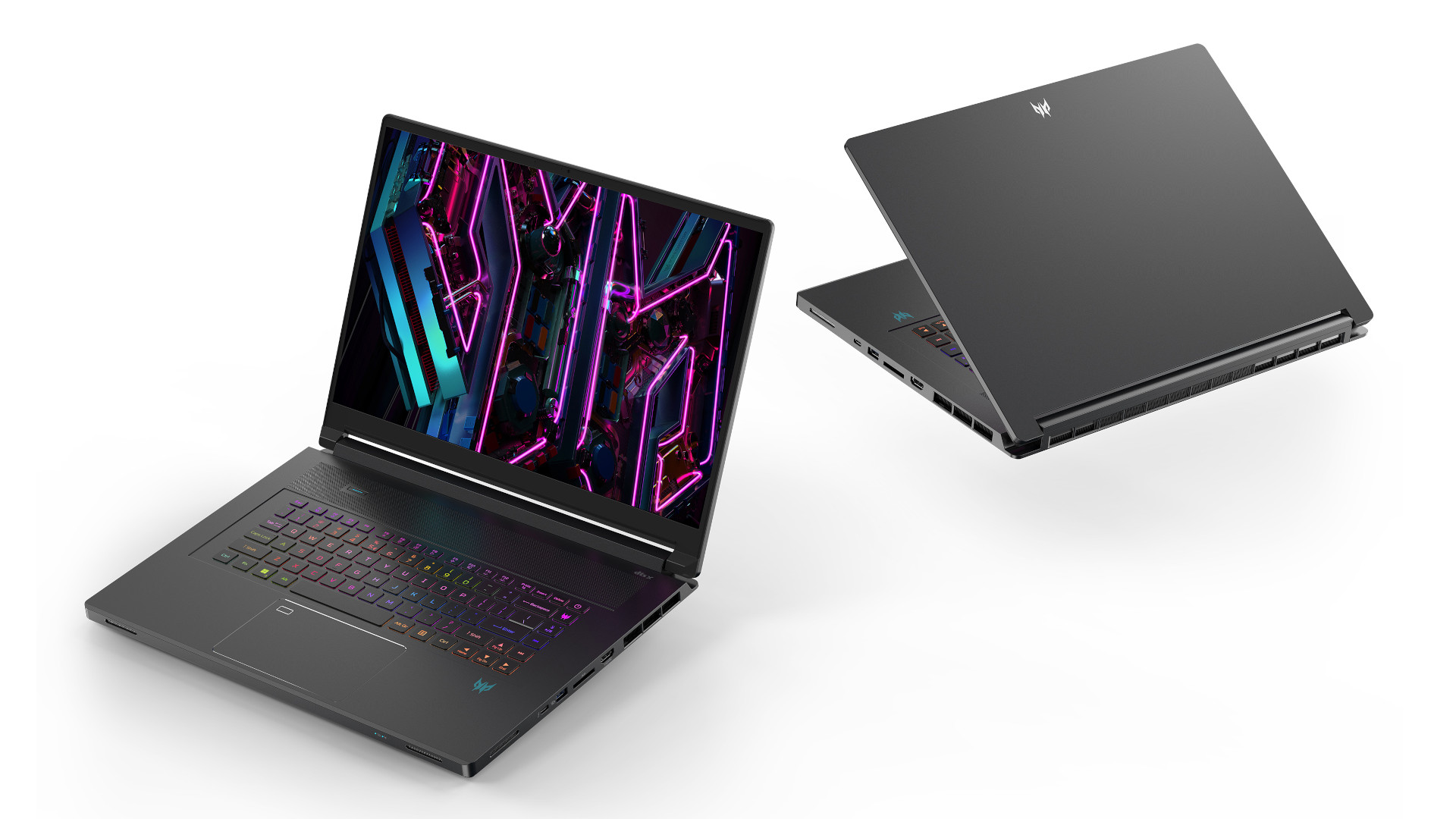
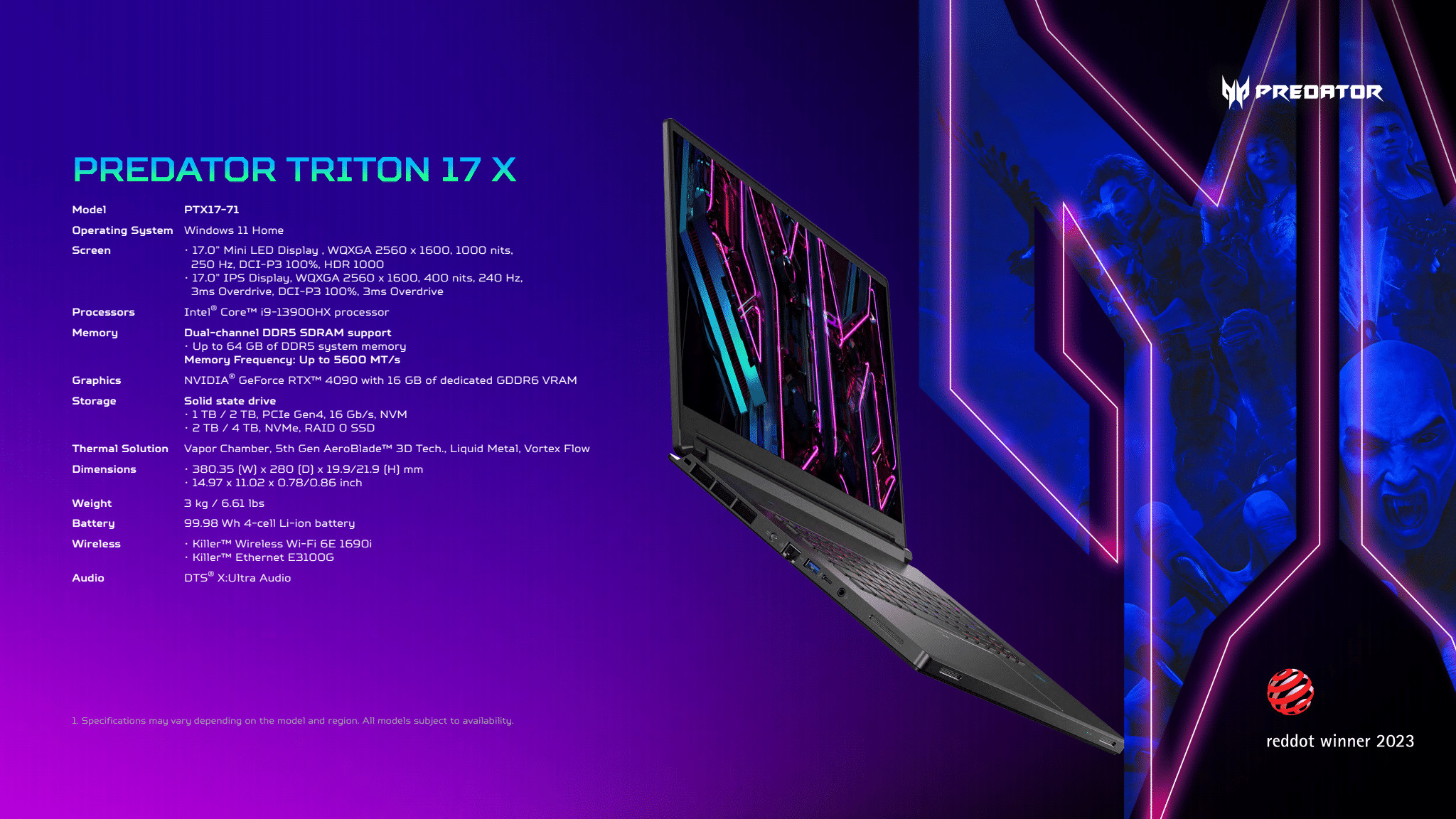
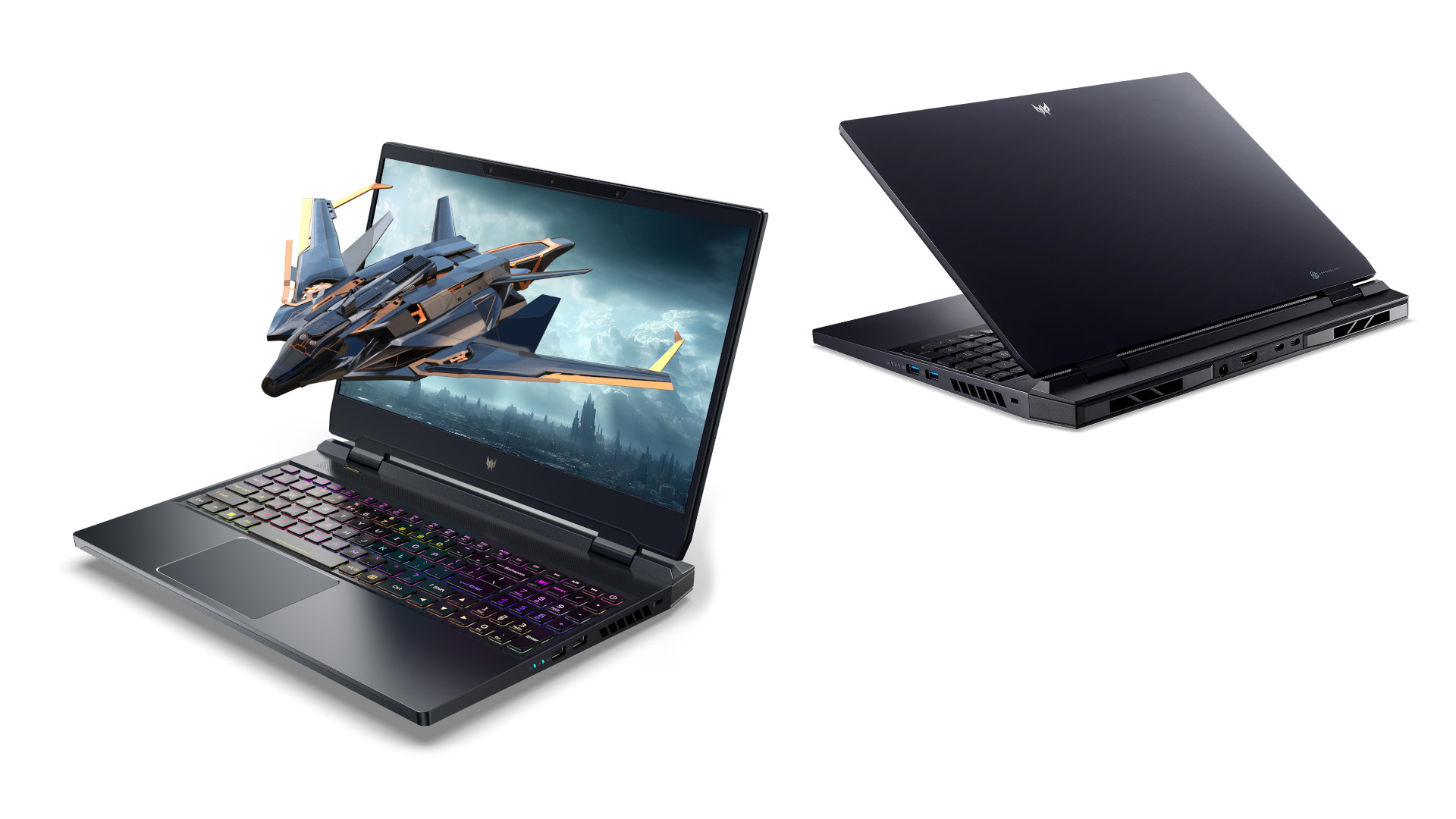
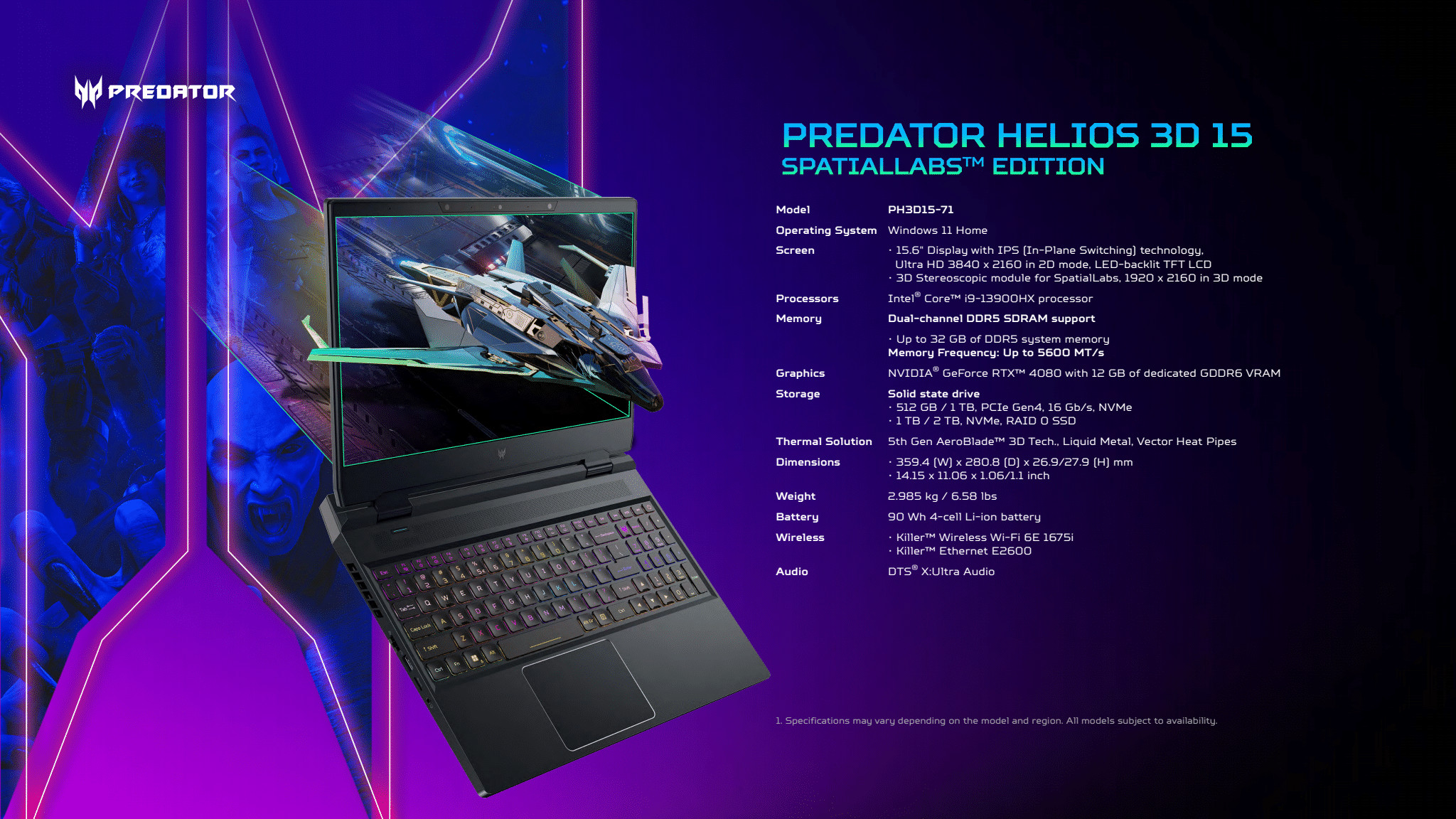
Featuring the same Intel Core i9-13900HX CPU as the Triton X, the Helios 3D 15 SpatialLabs Edition sports an NVIDIA GeForce RTX 4080 laptop GPU that pairs with a particularly exciting feature built into its 15.6" screen. Combining eye-tracking and stereoscopic 3D tech from its SpatialLabs namesake, gamers can experience three-dimensional visuals without needing unflattering glasses or other head-mounted accessories. Over 70 games are set to support the feature at launch via the TrueGame app, with more to be added regularly.
In its standard 2D mode, the Helios 3D 15 SpatialLabs Edition can display up to an ultra HD (3840 x 2160) image or 1920 x 2160 with the SpatialLabs 3D Stereoscopic module active, higher than the typical 1080p either way. It's a wild feature that somewhat takes a backseat to the remaining Predator Triton and Helios laptops in Acer's announcement, but I'm keeping my fingers crossed for an opportunity to check it out in person. An RTX 4080 laptop GPU should have no trouble powering the visuals, and configuring up to 32GB of DDR5-5600 RAM bags you a portable powerhouse.
- Predator Triton 17 X launches in May 2023, starting at $3,799.
- Predator Helios 3D 15 SpatialLabs Edition in June, starting at $3,499.
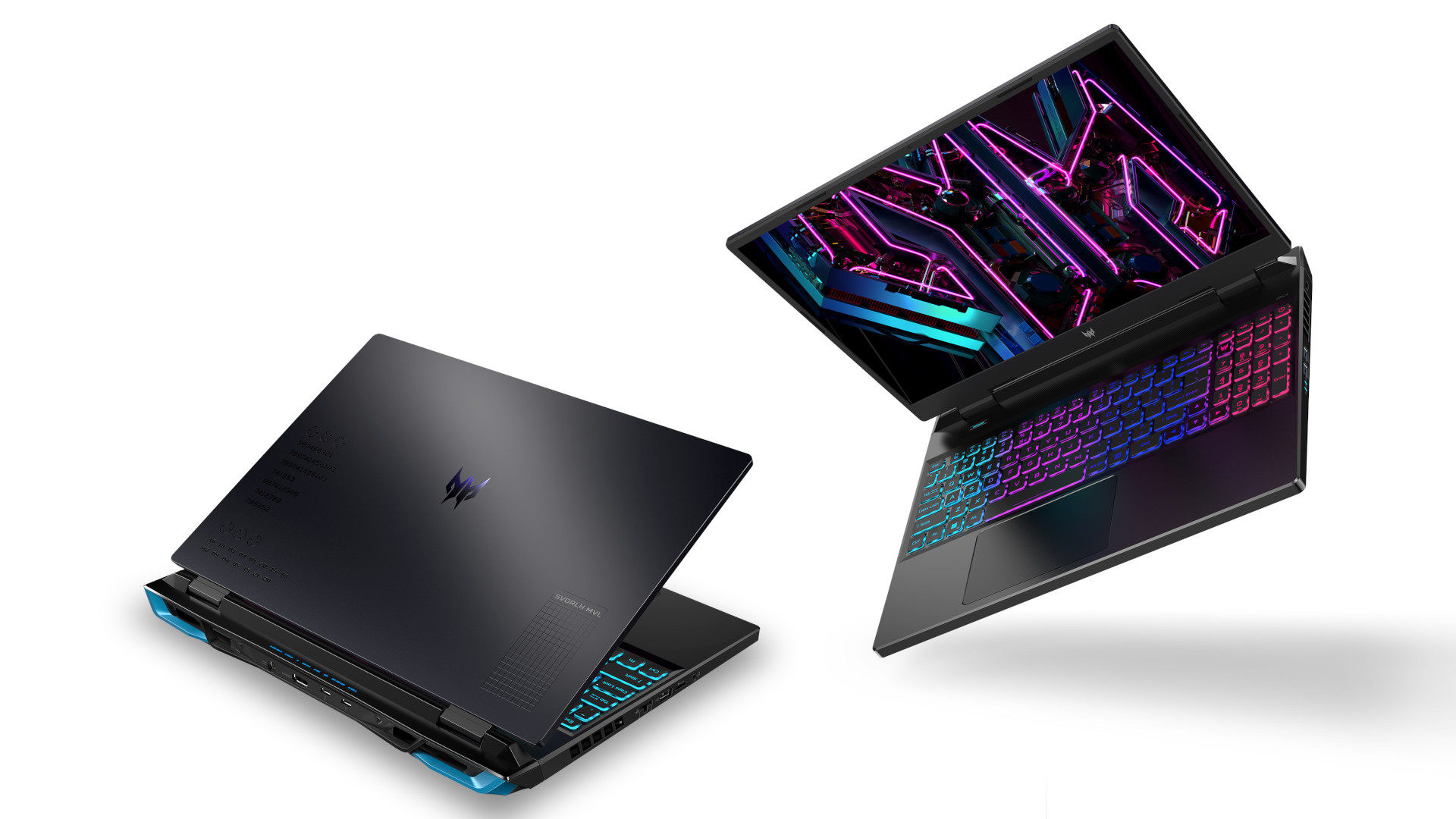
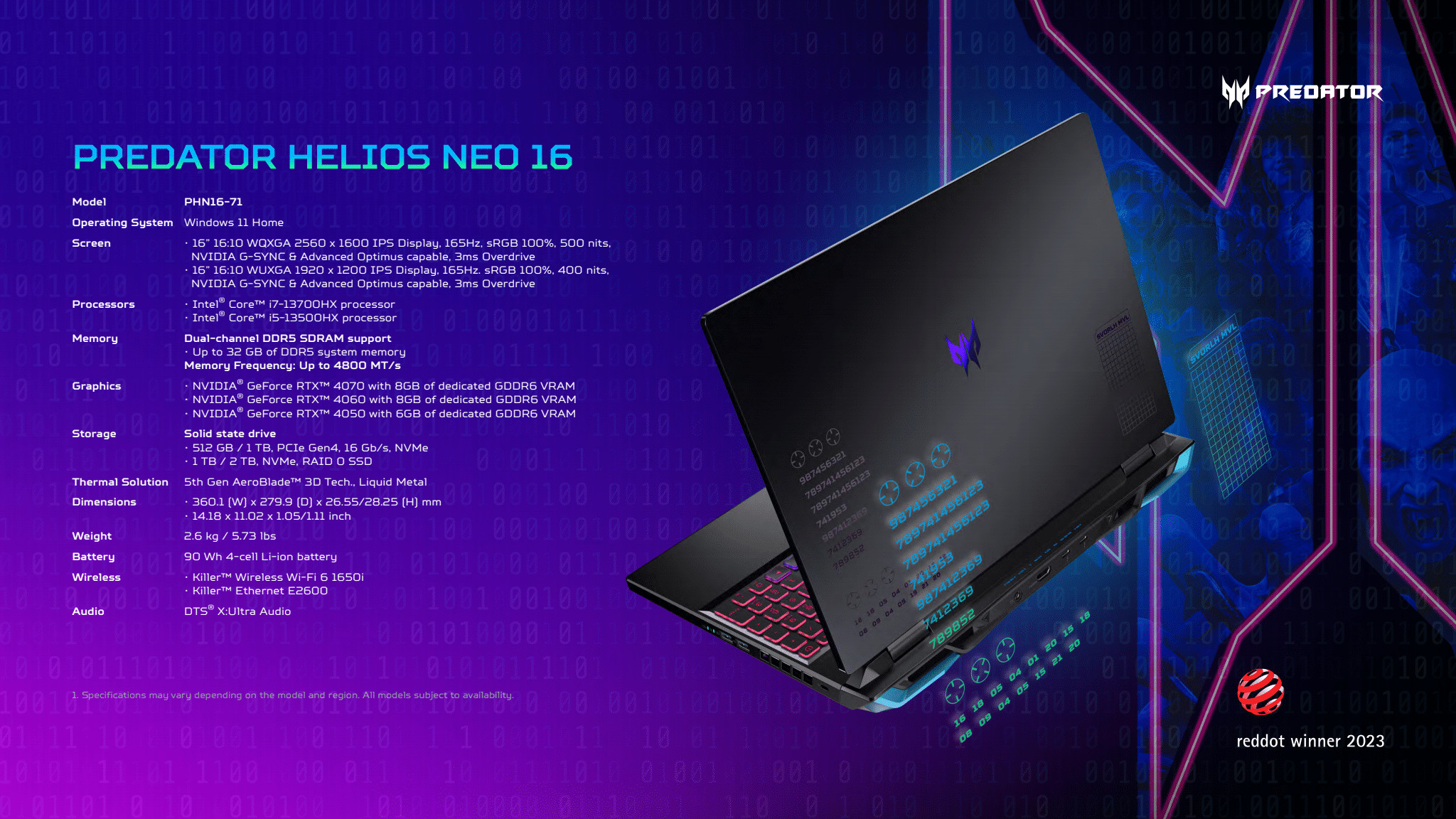
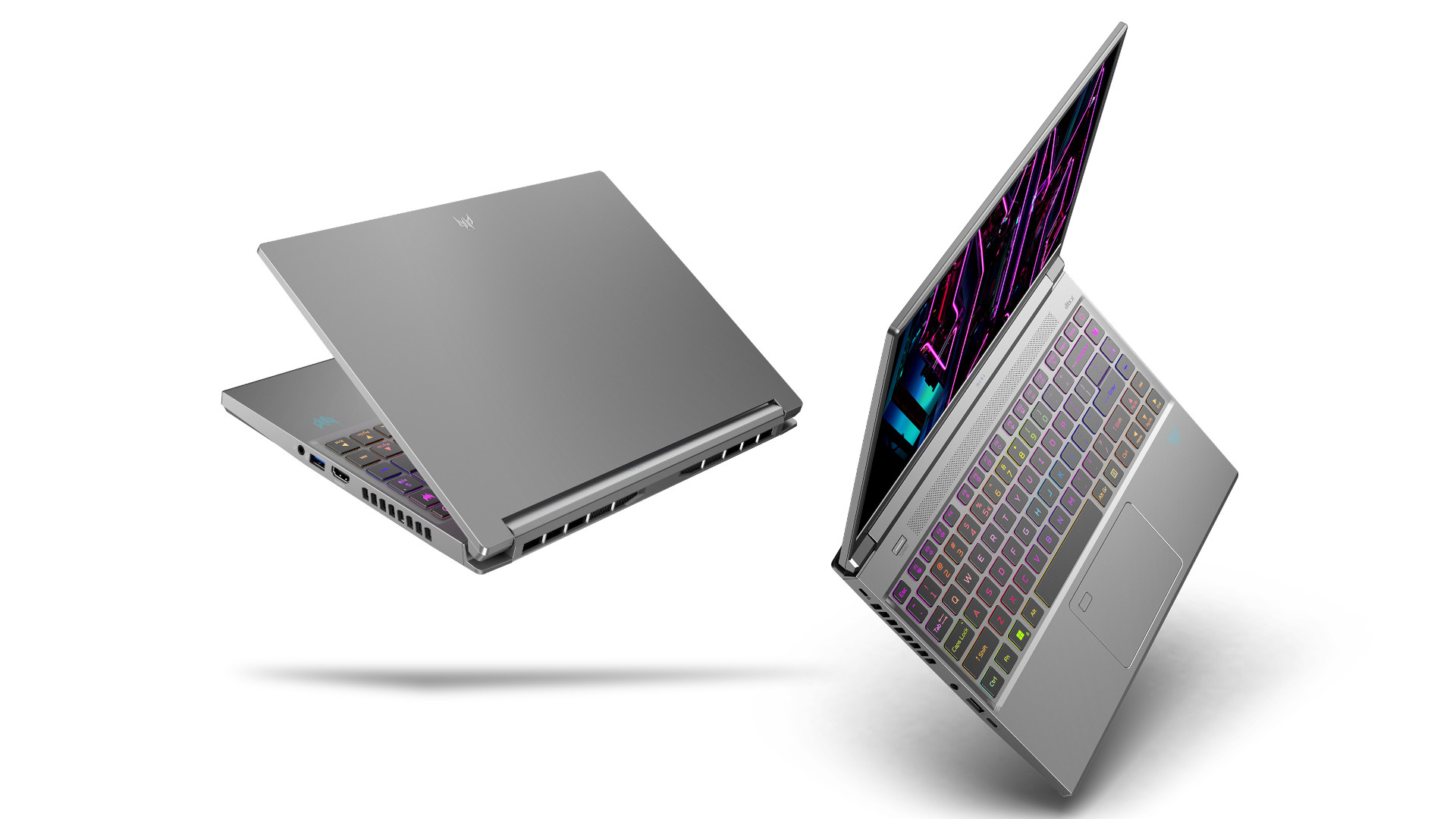
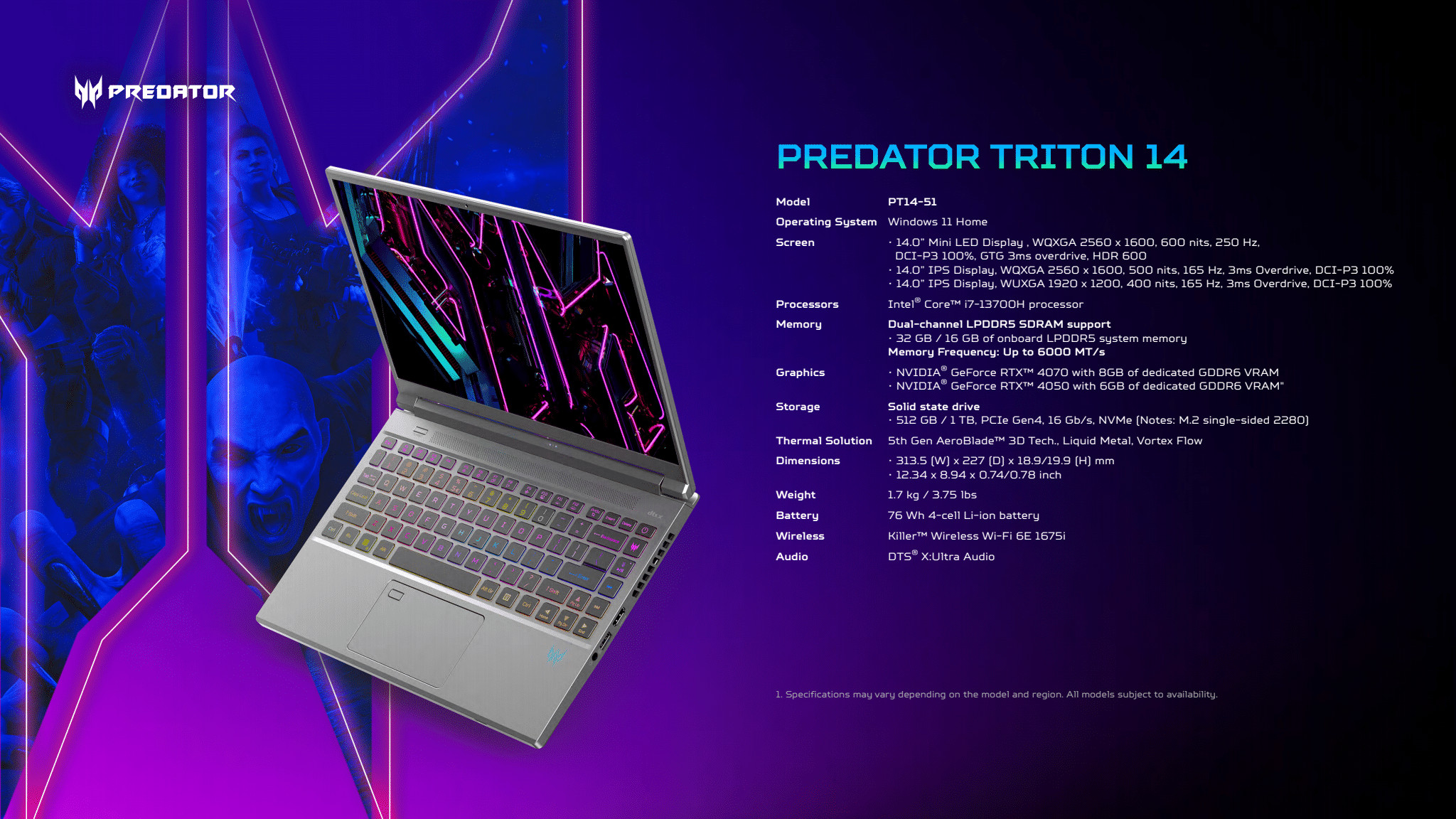
Closer to the realms of affordability, Acer also revealed two small yet powerful gaming variants. Despite the price drop, the Predator Helios Neo 16 still offers 13th Gen Intel Core -HX series processors, paired with up to an NVIDIA GeForce RTX 4070 laptop GPU alongside 32GB of DDR5-4800 RAM. It's a powerful option for less than half the price of its stereoscopic 3D sibling and comes with curious laser-etched codes on the lid. Does it mean anything? Up to you to find out.
There's a smaller Triton variant, too, still loaded with up to a 13th Gen Intel Core i7-13700H CPU and an NVIDIA GeForce RTX 4050 or 4070 laptop GPU in the Predator Triton 14. The 14" panel thankfully opts for a 16:10 aspect ratio, supporting up to WQXGA (2560 x 1600) resolutions at 250Hz. For the price, that's an outrageously smooth screen that'll pair well with its Mini-LED tech featuring DisplayHDR 600 certification, going up against some of the best gaming laptops in terms of value.
- Predator Helios Neo 16 launches in May 2023, starting at $1,119.
- Predator Triton 14 in May, starting at $1,499.
All the latest news, reviews, and guides for Windows and Xbox diehards.

Ben is a Senior Editor at Windows Central, covering everything related to technology hardware and software. He regularly goes hands-on with the latest Windows laptops, components inside custom gaming desktops, and any accessory compatible with PC and Xbox. His lifelong obsession with dismantling gadgets to see how they work led him to pursue a career in tech-centric journalism after a decade of experience in electronics retail and tech support.
